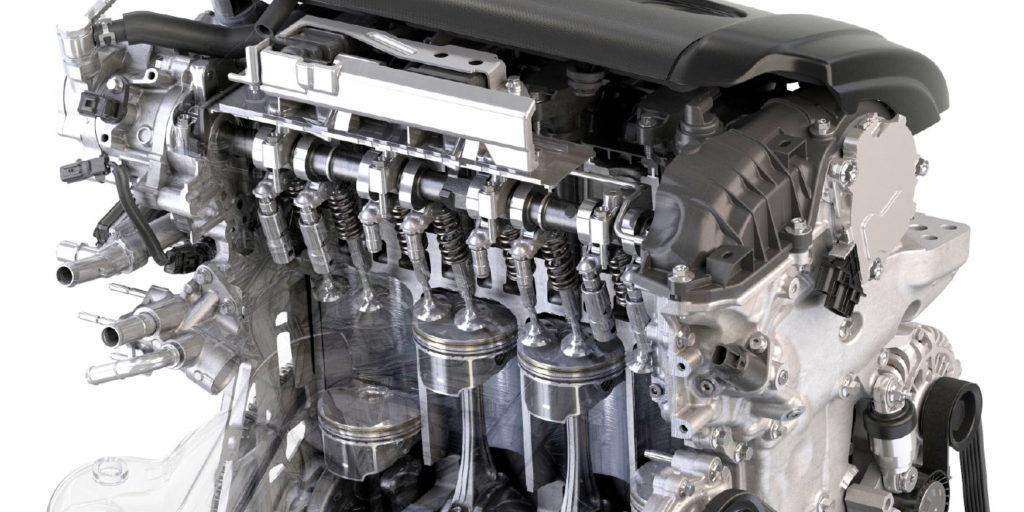Article courtesy ImportCar.
A Mazda SkyActiv engine is pretty similar to any other modern engine. It has an aluminum block and cylinder head, with a pair of chain-driven overhead cams. There are four pistons, 16 valves and one spark plug per cylinder – nothing unusual here.
However, the pistons are domed like a performance piston to raise compression and have a small cup in the top similar to a diesel piston. The cup acts like a mini-combustion chamber and allows the flame front to spread quickly when fuel is injected directly into this recessed cup in the top of each piston. The cup allows faster combustion and reduces the risk of detonation.
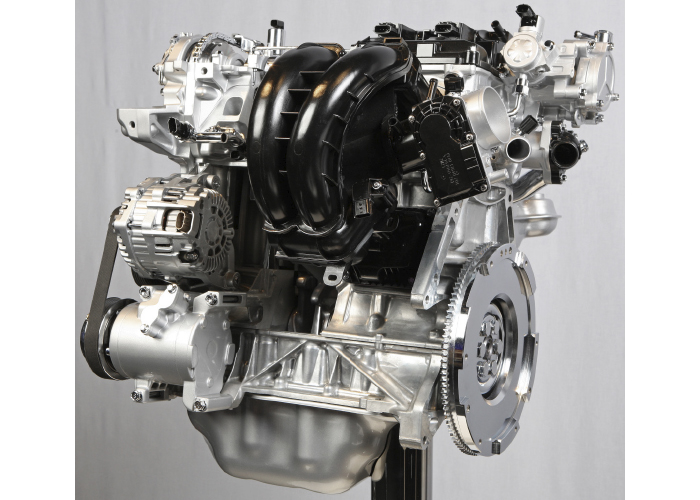
These engines also use a continuously variable valve timing system to constantly vary the amount of valve overlap as well as the timing of the intake and exhaust valves. This effectively reduces compression during the intake stroke, as well as pumping losses that would normally occur when the throttle is nearly closed at idle and under light load.
The first SkyActiv application started in 2013. Over the past seven years, these engines have made their way in to almost every platform and have even replaced some V6 engines. These engines have been reliable, but there are four pattern failures you might see at your shop.
Engine or Accessory Mode Won’t Shut Off
There are complaints from owners reporting that the engine will not turn off or the accessory mode can’t be shut down. The fault is not typically in the advanced keyless entry module. Instead, it is the data coming from other modules that prevent normal operation. The number one source of the problem is the transmission’s selector lever module. The number two source of the problem is the brake pedal position sensor.
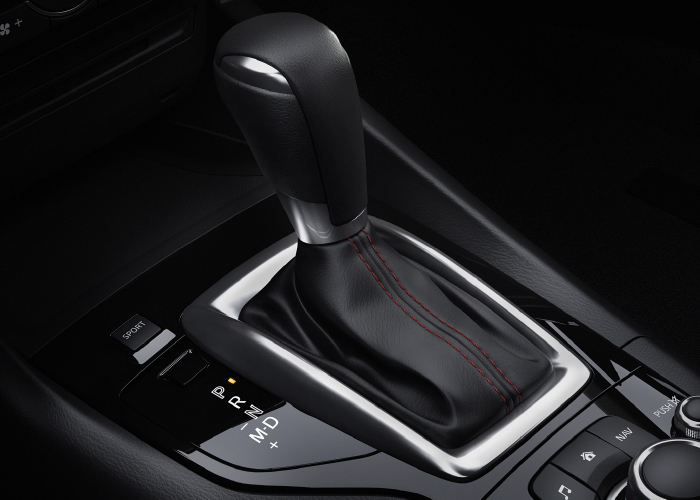
Both the gear lever and brake pedal inputs are used to determine the operation of the starter button. Use a scan tool to verify the operation of the gear lever and brake pedal sensors. If the transmission lever reads any other gear than park, the button will not exit out of accessory mode.
If the car has a manual transmission, look at the outputs for the clutch pedal.
P0101: Mass Air Flow Sensor
One of the most common repairs on the 2.5L SkyActiv is the mass airflow sensor (MAF) that causes a P0101 for mass airflow circuit A range or P0171 for the system being too lean. The sensor may last only 60,000 miles. The leading cause of the problem is the contamination of the sensor. The sensor should produce 0.72 volts with the engine off. At idle with the engine warm, the voltage should be .86 volts. At 2,000 rpm, the output should be 1.07 volts.
Misfires and Ice (Codes P0300, P0301, P0302, P0303, P0304)
- 2014-2018 Mazda3
- 2014-2017 Mazda6
- 2016-2019 CX-3
- 2013-2019 CX-5
*With the 2.0L and 2.5L SkyActiv
Engines
When an engine is burning air and fuel in the correct proportions, the only two byproducts coming from the tailpipe should CO2 and H2O. In TSB 01-007/19, Mazda details how water from combustion and condensation can build up in the exhaust system and freeze.
The frozen water can restrict the exhaust system’s main silencer when the car is first started. The restriction causes random and specific cylinder misfire codes.
This can be an intermittent problem and dependent on the weather. Also, if the shop is pulled into a warm shop, the problem goes away. Mazda has an updated main silencer that allows the water to drain.
Carbon Build Up
The 2.0L and 2.5L SkyActiv engines can have issues with carbon deposits. The cause is typically oil and vapors from the positive crankcase ventilation system (PCV). These engines have a large oil separator under the intake manifold on the side of the block. The PCV valve can be serviced.
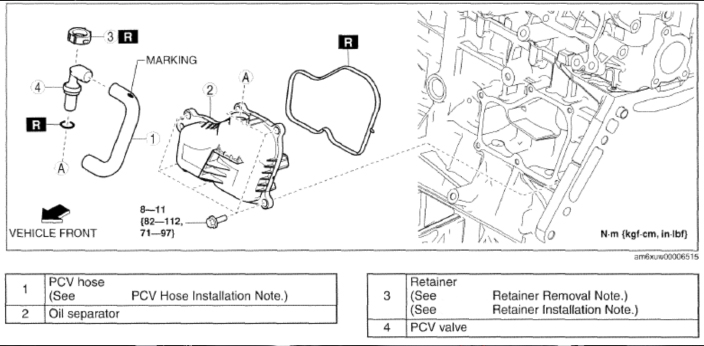
If excessive vapors are making their way past the PCV valve, carbon deposits on the intake valves can occur. These vapors can be loaded with hydrocarbons and stick to the intake valves, causing a carbon deposit problem.
One of the leading causes of carbon deposits is the owner using cheap conventional oils. Most conventional oils have high volatility numbers, meaning it vaporizes more quickly when exposed to heat. The high number means that the oil can become thicker over time and won’t lubricate as well. It also means that there is a greater volume of oil vapor in the PCV system has to process.
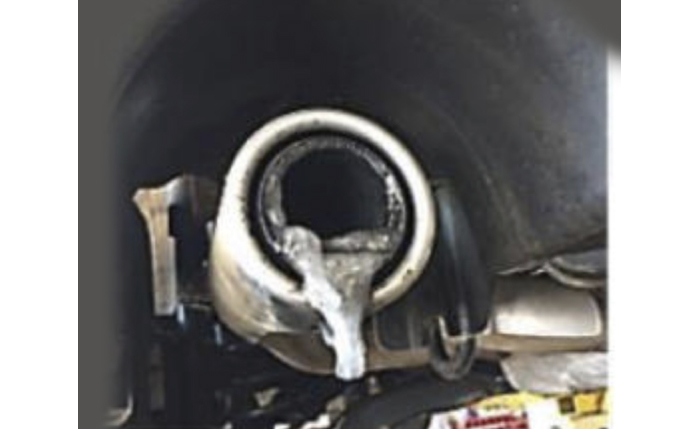
Synthetic oils have much lower volatility, reducing the amount of vapor and the possibility of carbon deposits forming on the intake valves, piston crown or intake port. The #4 cylinder will have the worst deposits and the #1 cylinder will have the least build up due to the placement of the PCV hose.

